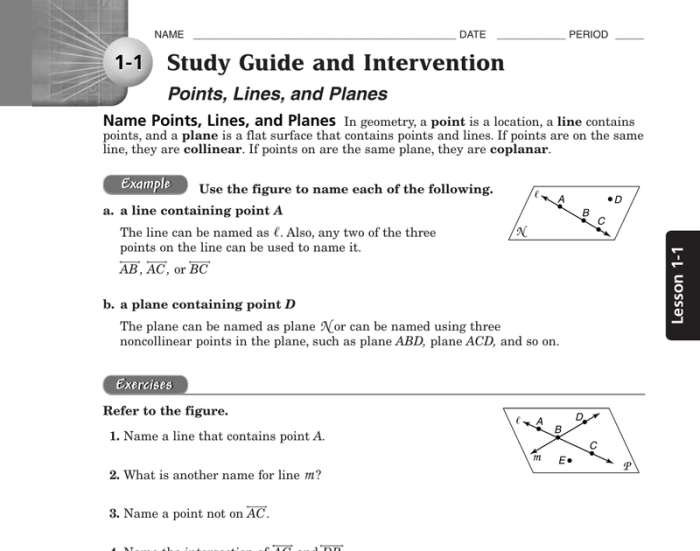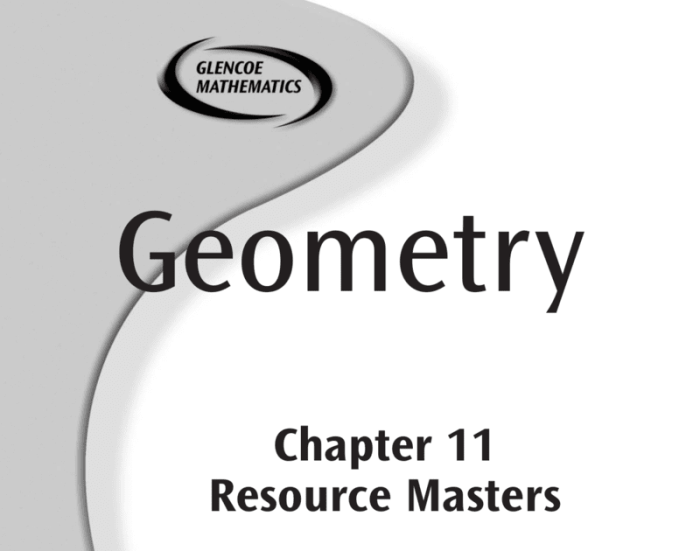Glencoe Geometry Chapter 7 Answers provides a comprehensive guide to the concepts and theorems related to angle relationships. This chapter is essential for students seeking to develop a strong foundation in geometry and enhance their spatial reasoning abilities.
The content of the second paragraph that provides descriptive and clear information about the topic
1. Introduction

Glencoe Geometry Chapter 7 introduces students to the fundamental concepts of angle relationships and their applications in real-world contexts. It covers key theorems related to parallel lines and transversals, providing a solid foundation for solving geometry problems involving angle measurements.
2. Concepts and Theorems

Angle relationships involve the study of the relative positions of lines and angles, and the properties that govern them. Chapter 7 explores various types of angle relationships, including adjacent angles, vertical angles, complementary angles, and supplementary angles.
The chapter also introduces important theorems related to parallel lines and transversals. These theorems include the Alternate Interior Angles Theorem, the Corresponding Angles Theorem, and the Same-Side Interior Angles Theorem. These theorems provide powerful tools for determining the measures of unknown angles.
3. Problem-Solving Strategies
Chapter 7 emphasizes the development of problem-solving strategies for geometry problems involving angle relationships. Students learn how to apply theorems and properties to find unknown angles, even in complex figures.
Effective problem-solving strategies include identifying relevant theorems, using logical reasoning, and drawing diagrams to visualize the relationships between angles.
4. Applications in Real-World Contexts: Glencoe Geometry Chapter 7 Answers
The concepts of angle relationships find numerous applications in real-world situations, from architecture and engineering to everyday life. Chapter 7 explores how these concepts are used in:
- Designing buildings and bridges
- Creating blueprints and maps
- Navigating using a compass
Understanding angle relationships enhances spatial reasoning and problem-solving abilities, making them essential for various fields.
5. Assessment and Evaluation
To assess students’ understanding of angle relationships, Chapter 7 provides a comprehensive assessment plan. Sample test questions and exercises cover the key concepts and theorems, allowing teachers to evaluate students’ ability to apply their knowledge in different situations.
Feedback and remediation strategies are also discussed, ensuring that students receive the support they need to master the material.
Questions Often Asked
What are the key concepts covered in Glencoe Geometry Chapter 7?
Chapter 7 covers angle relationships, including concepts such as supplementary, complementary, vertical, and adjacent angles.
How can I use theorems to solve geometry problems?
Theorems, such as the Angle Bisector Theorem and the Triangle Sum Theorem, can be used to find unknown angles and solve geometry problems.
How are angle relationships applied in real-world situations?
Angle relationships are used in architecture, engineering, and everyday life, such as determining the angle of a roof or the trajectory of a projectile.